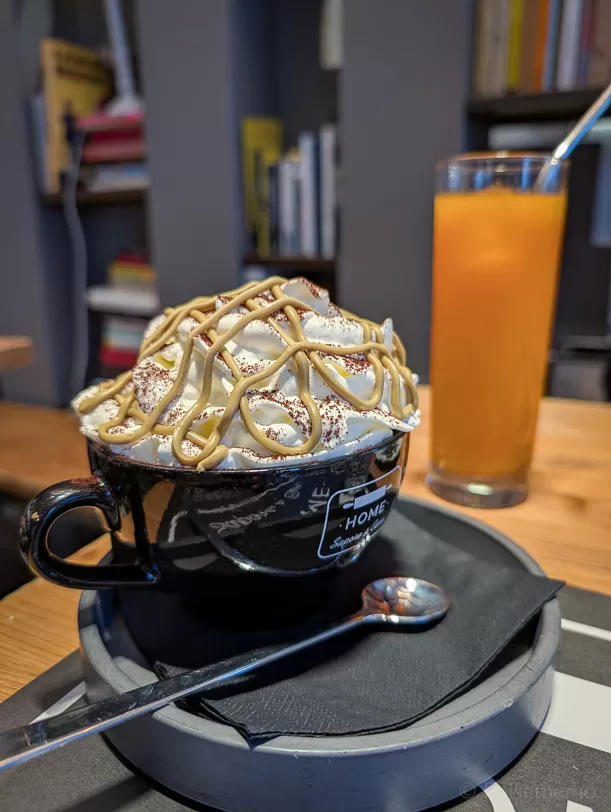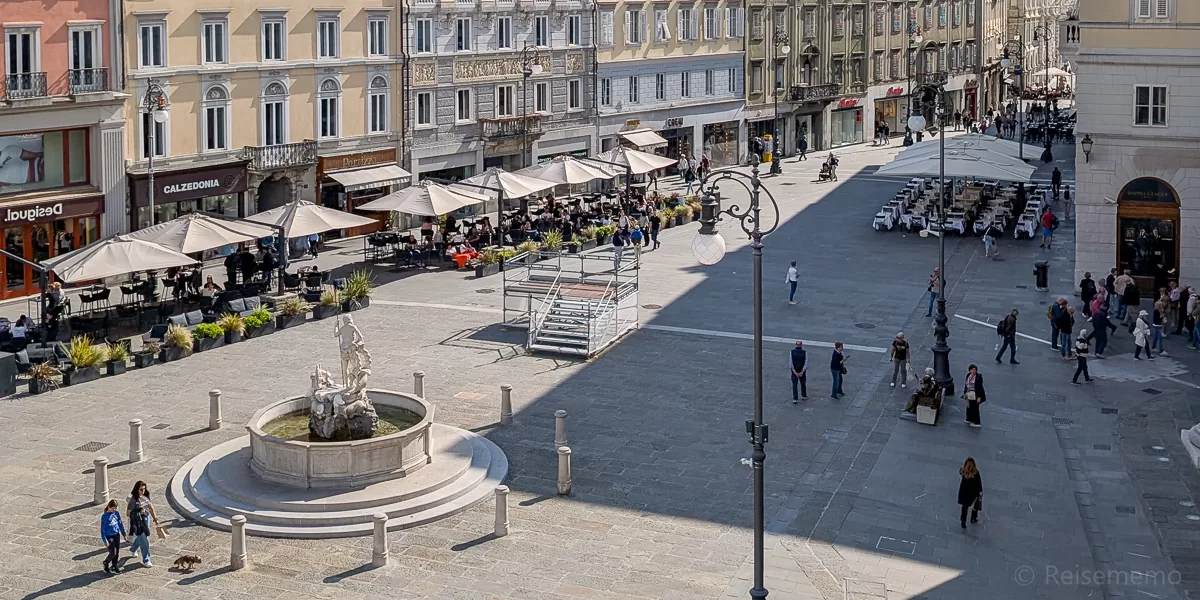Trieste offers a unique blend of cultural influences that set it apart from other Italian destinations.
Tucked away in the northeastern corner of Italy, Trieste boasts a vibrant coffee culture that rivals any in the world.
Join me as I explore the best ways to experience this fascinating port city where East meets West.
Table of Contents
Coffee Culture: The Triestine Way
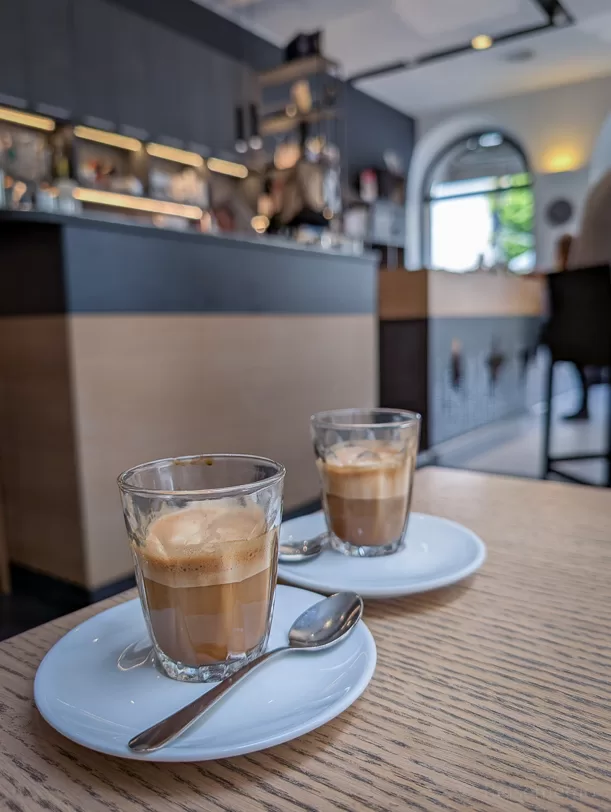
Trieste’s relationship with coffee goes beyond the typical Italian espresso culture – it’s deeply woven into the city’s identity.
As the Mediterranean’s main coffee harbor since the 18th century, Trieste has developed its own unique coffee language that might confuse even the most seasoned Italian travelers.
When in Trieste, forget ordering a standard “espresso” or “cappuccino.” Instead, ask for a “nero” (espresso) or embrace the local favorite – a “capo in b” (pronounced “capo in bee”).
This Triestine specialty consists of an espresso with a small amount of milk foam served in a bicchiere (glass) rather than a cup. It’s somewhere between a macchiato and a mini cappuccino, offering the perfect coffee-to-milk ratio. It’s close to Spain’s “cortado”.
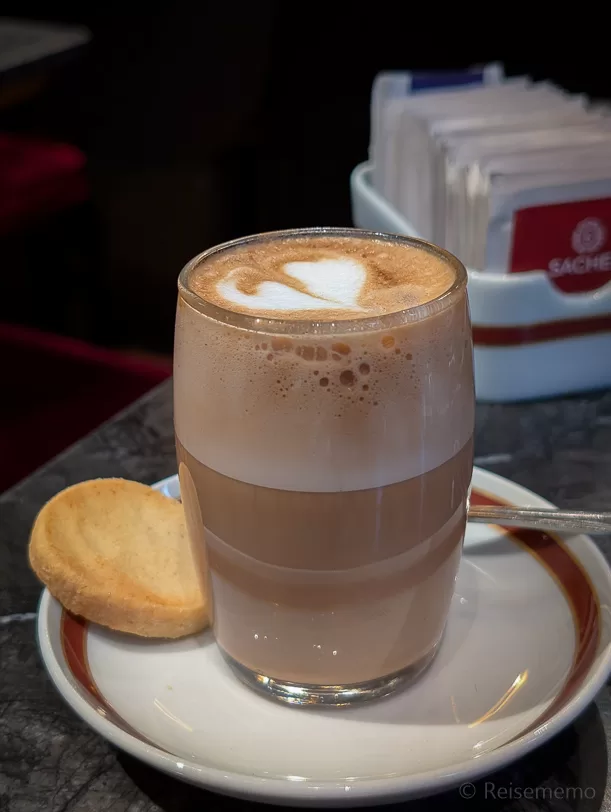
For those wanting to delve deeper into Triestine coffee vocabulary, try a “goccia” (espresso with just a drop of milk foam) or a “capo scuro” (stronger than a regular capo, with less milk).
The variations are endless, showcasing how seriously Triestini take their coffee culture. Be prepared to come across names like Decaffeinato, in Vetro, Espresso, Nero, Marocchino, Mokaccino, Capo, Orzo, Shakerato, Macchiato, Americano, Ristretto, Lungo, Liscio, Corretto, Capo in B, Irish Coffee, In Tazza Grande or Schiumato.
Italian style apéritivo by the Canal Grande
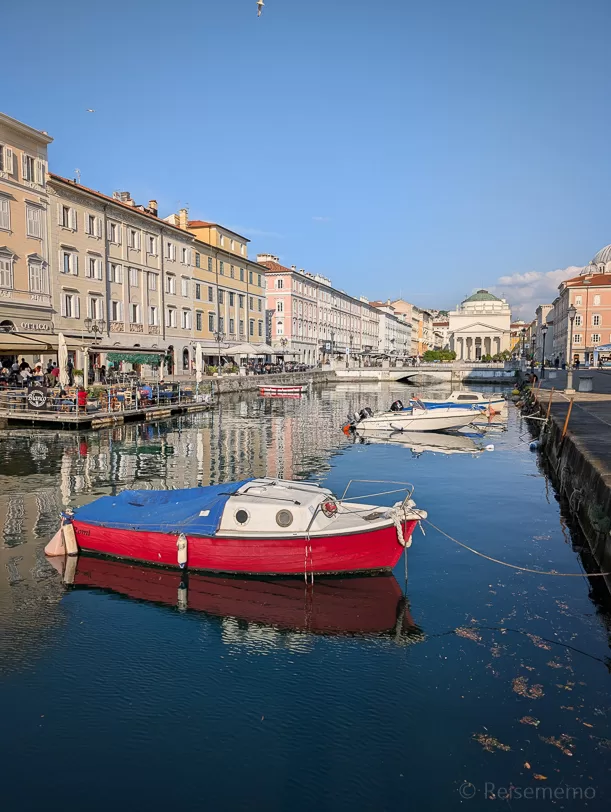
For a quintessential Triestine afternoon experience, head to the charming Canal Grande di Trieste. This picturesque waterway was constructed in the mid-18th century to allow merchant ships to unload goods directly into the heart of the city.
Today, it’s lined with elegant buildings, cafés, and restaurants that create a postcard-perfect setting.
The area transforms into a lively social hub during aperitivo hour (roughly 6-8 PM), with locals and visitors gathering to enjoy drinks and light bites.
Find a spot at one of the canal-side bars, order a Cynar Spritz—a local favorite made with artichoke-based amaro that wonderfully stimulates the appetite—or a glass of local Friulian wine, and enjoy the soft spring sunshine as it bathes the historic buildings in golden light.
Just a word of caution as you savor those complimentary chips or pizza bites that come with your aperitivo: keep an eye out for Trieste’s notoriously bold seagulls!
These large, opportunistic birds have perfected the art of food snatching and won’t hesitate to swoop down for a share of your snacks if you’re not vigilant. Their antics add a touch of unexpected entertainment to the elegant canal setting.
The neoclassical Sant’Antonio Taumaturgo church at the end of the canal and the Chiesa serbo-ortodossa della Santissima Trinità e di San Spiridione next to it create a stunning backdrop for your afternoon relaxation.
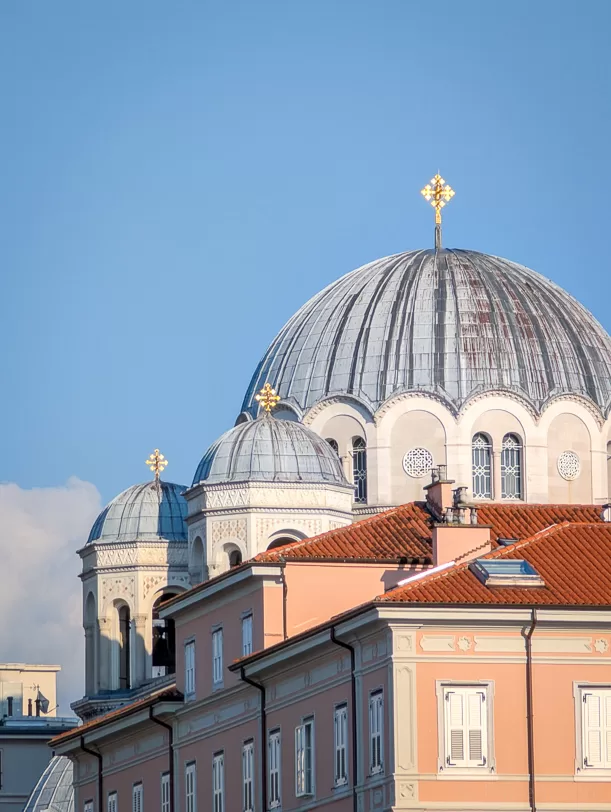
Molo Audace: A Sunset Stroll into the Adriatic
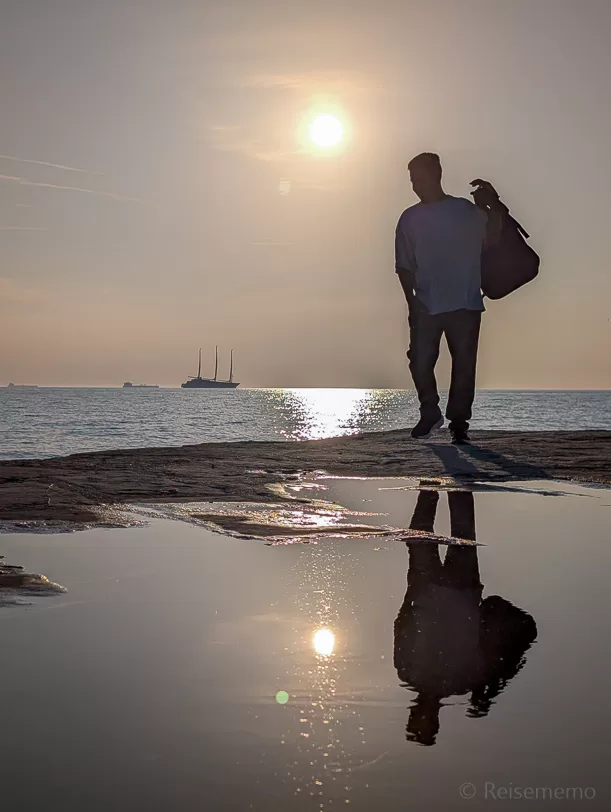
After your aperitivo, make your way to the historic Molo Audace for the perfect end to your day. This 246-meter-long pier extends into the Gulf of Trieste, offering unparalleled sunset views.
Originally built between 1743 and 1751 over the wreck of a sunken ship called San Carlo, this elegant stone pier was later renamed after the first Italian naval vessel to dock here after World War I.
As the sun begins to set, the light casts a magical glow over Piazza Unità d’Italia and the surrounding architecture.
The pier provides breathtaking panoramic views of the city, the Adriatic Sea, and—in an intriguing modern twist—you might spot the controversial Sailing Yacht A in the distance.
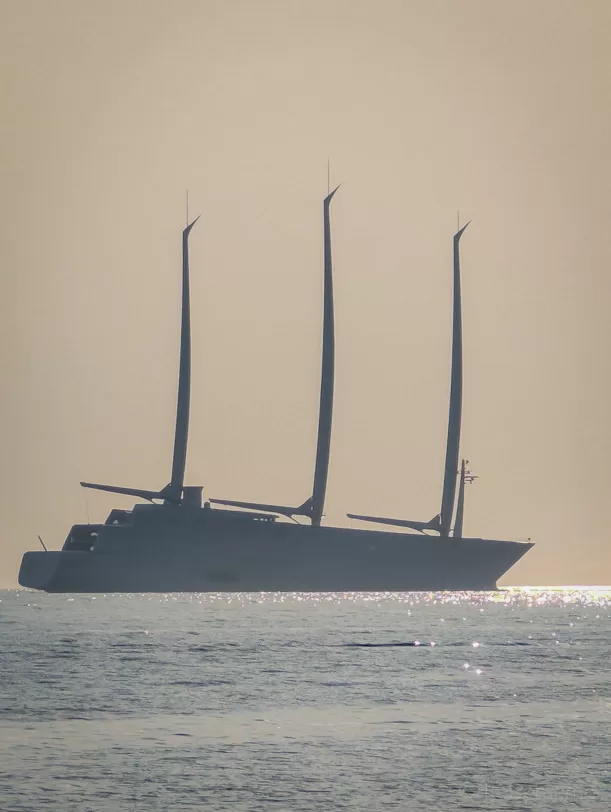
This futuristic vessel, owned by Russian oligarch Andrey Melnichenko and designed by Philipp Starck, has been anchored in the Gulf of Trieste since the beginning of the Ukraine war, creating an unexpected addition to the maritime landscape. From 2023 until May 20 2025, you could spot it in the Golf of Trieste, on May 21, it sailed to Venice.
At the end of the pier, you’ll find a bronze compass rose commemorating the historic landing, adding a touch of maritime history to your sunset stroll.
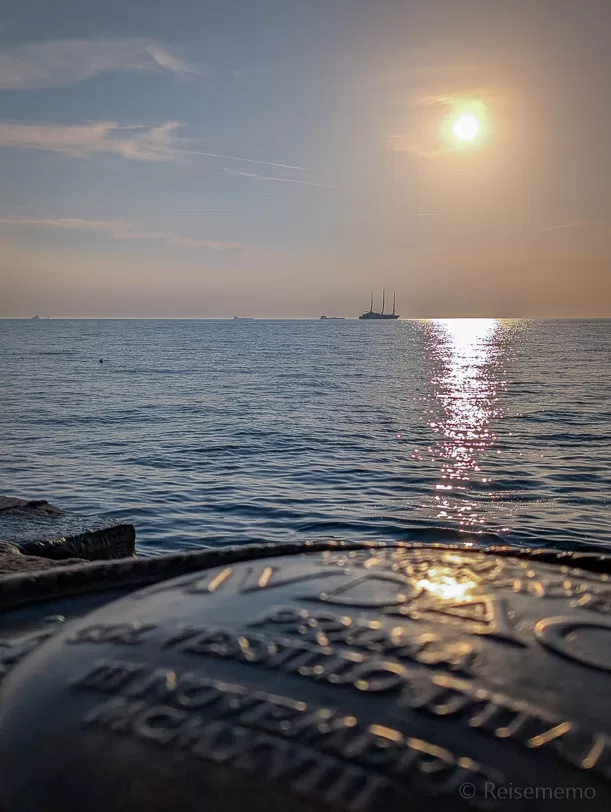
Caffè Sacher Trieste: A Taste of Vienna
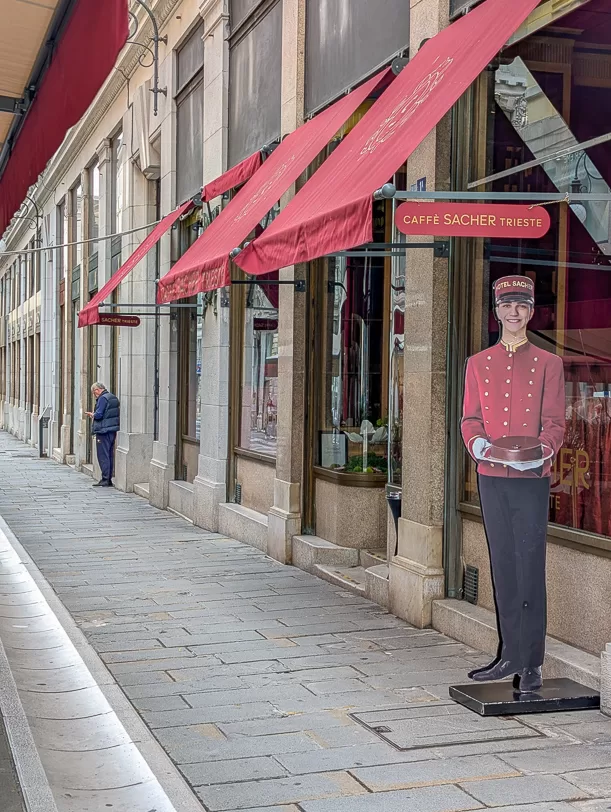
For a delightful fusion of Italian and Austrian culinary traditions, Caffè Sacher Trieste is a must-visit.
Opened in April 2023, this elegant café is the only Sacher establishment outside of Austria, bringing a slice of Vienna to the Adriatic coast.
The café found its home in a beautifully refurbished former shoe shop in Trieste’s pedestrian zone, where owner Dizzi Alfons collaborated with BWM designer Erich Bernard and interior stylist Peter Weisz to create something truly special.
What makes this location particularly remarkable is how the team has preserved the building’s heritage from Vienna’s Secessionist architecture. It reminded me immediately of architect Adolf Loos’ designs.
The listed store has been carefully restored, maintaining the original furnishings from 1912 while integrating modern elements that complement the historic character.
While there, I recommend ordering their signature pairing: a Capo in B coffee served alongside a “Cubo”, a small tasting cube of the famous Original Sacher-Torte.
This bite-sized version offers the perfect introduction to the rich, chocolatey cake that has made the Sacher name world-famous.
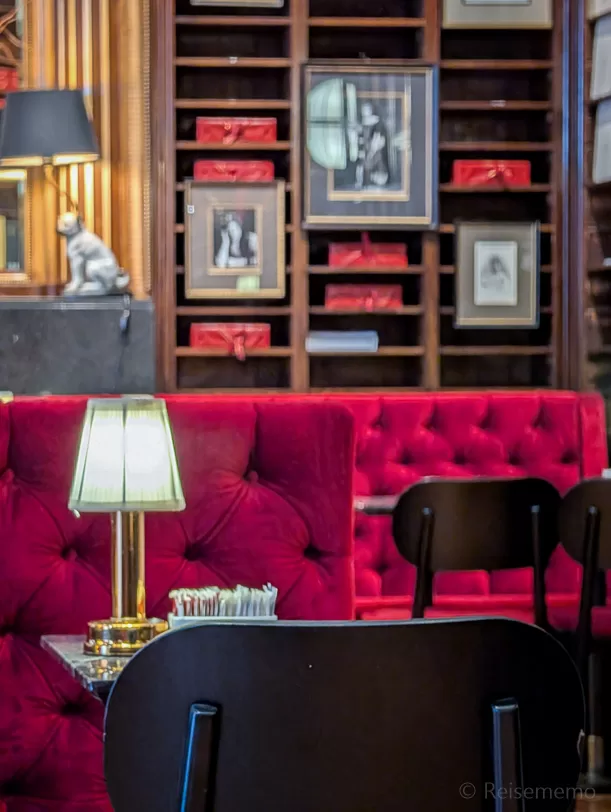
The contrast between the velvety coffee and the dense chocolate cake with its thin layer of jam creates a moment of pure indulgence.
Good thing I don’t live in Trieste. I would go for Capo in B and Cubo on a daily basis!
Eataly Trieste: Gourmet Heaven with a View
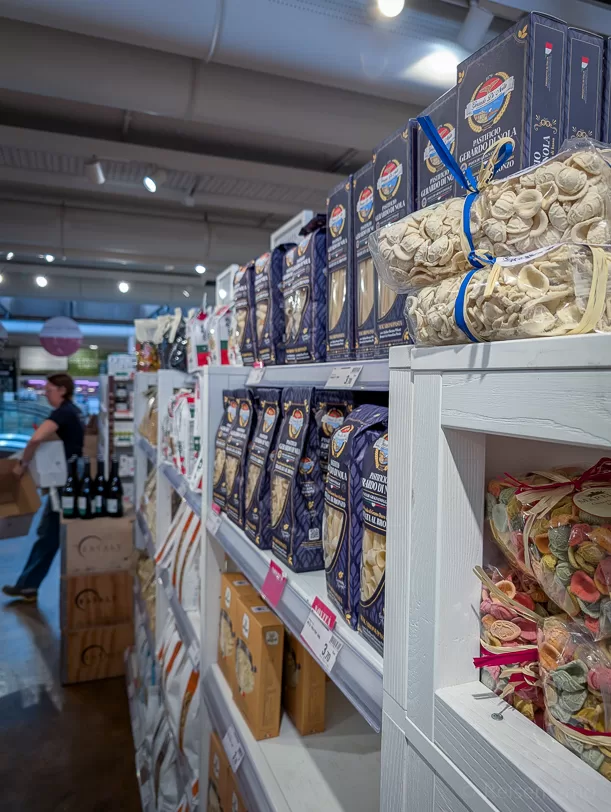
Housed in a renovated former warehouse on the waterfront, Eataly Trieste offers much more than your typical Italian food hall experience.
This branch of the worldwide famous food emporium combines shopping, dining, and coffee culture in one impressive location.
The Eataly coffee shop deserves special mention, serving excellent Illy coffee (one of Trieste’s famous coffee brands) with stunning views over the gulf.
Take a seat by the window to enjoy your capo in b while gazing out at the Adriatic Sea.
Afterward, explore the market’s selection of high-quality Italian products, from fresh pasta to local wines, cheeses, and artisanal delicacies from the Friuli Venezia Giulia region.
Pedestrian Zones: Shopping and Strolling
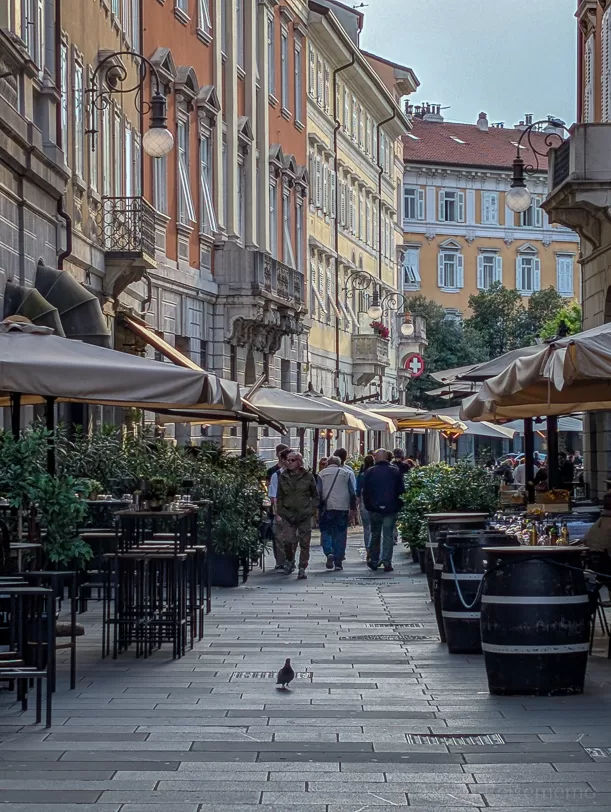
Trieste boasts several delightful pedestrian zones perfect for leisurely exploration. The city features three main shopping areas where you can wander without worrying about traffic:
- The Cavana bars and restaurants area in Cittavecchia between Piazza di Cavana and Piazza Venezia
- Via Roma between San Nicolò/Borgo Teresiano
- Viale Venti Settembre
The tree-lined Viale Venti Settembre offers a particularly pleasant shopping experience, especially during hot summer days when the shade provides welcome relief.
This vibrant street is lined with boutiques, jewelry stores, and numerous cafés and gelaterias perfect for a shopping break.
For a mix of local boutiques and international brands, explore the pedestrian area around Via San Nicolò across the Canale Grande until Borgo Teresiano.
If you’re looking for luxury brands, head to Corso Italia near Piazza Unità, home to designer stores and department shops.
Relax or head for a well deserved apéritivo to the Cavana district between Piazza di Cavana and Piazza Venezia. There’s plenty of bars and restaurants to choose from.
We enjoyed the stylish Mor Cocktail bar a lot.
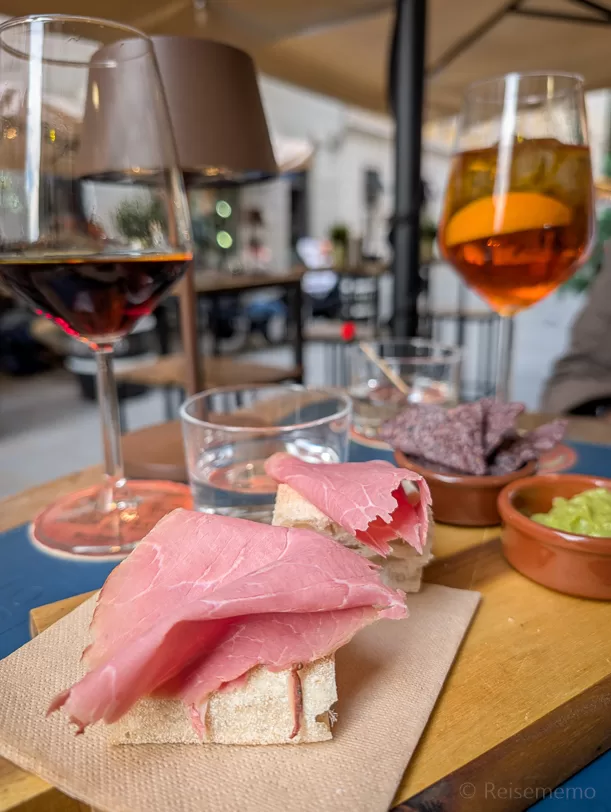
Places We Skipped
While nearly every guidebook will point you toward Harry’s Bar & Restaurant and Antico Caffé San Marco as must-visit establishments in Trieste, we found they weren’t quite to our taste.
Harry’s Bar, despite its fame, feels overly classic and formal for our preferences.
Similarly, Antico Caffé San Marco, while historically significant, struck us as too antiquated and stuck in time.
Instead, we preferred the locations mentioned above that offer either more contemporary interpretations of Trieste’s coffee culture or authentic experiences that don’t feel like tourist attractions.
Sometimes the best travel experiences come from following your own preferences rather than checking off the standard tourist checklist.
On this separate list you will find additional tourist activities around Trieste.
Where to stay in Trieste
We enjoyed our stay in the huge room at 9 Stanze Boutique Rooms. It is centrally located in front of the Borsa, the stock exchange.
While it doesn’t offer a restaurant on its own, you get a discount at Home’s café around the corner. Their breakfast and coffees are excellent!
